Introduction
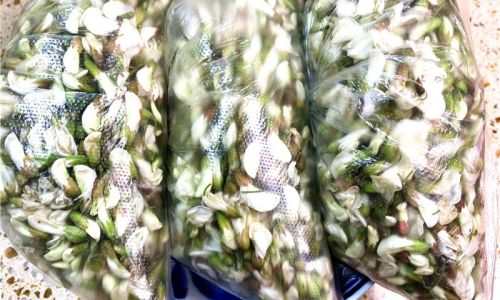
The locust tree, scientifically known as Robinia pseudoacacia, is a species native to North America but widely cultivated across various regions for its ornamental value and the sweet-scented blossoms it produces. These blossoms, commonly referred to as locust flowers, are not only a delight to the senses but also carry a rich history of medicinal and culinary uses. From brewing teas to crafting natural perfumes, locust blossoms offer a myriad of applications. However, to fully harness their benefits throughout the year, proper drying and preservation techniques are essential. This guide delves into the art of drying and storing locust blossoms, ensuring you can enjoy their fragrance and potential health perks long after they’ve fallen from the tree.
Understanding Locust Blossoms
Before diving into preservation methods, it’s crucial to understand the unique characteristics of locust blossoms. These flowers bloom in clusters, typically during spring, offering a vibrant display of white or pale yellow petals. They are known for their sweet aroma, which can be quite potent, making them ideal for creating natural scents and teas. The blossoms themselves are relatively delicate, so handling them with care during the harvesting and drying processes is paramount.
Harvesting Locust Blossoms
-
Timing is Key: Harvest locust blossoms when they are fully open and at their peak fragrance. Early morning, after the dew has dried but before the heat of the day sets in, is often the best time. This ensures the blossoms retain their freshness and aroma.
-
Gentle Harvesting: Use scissors or pruning shears to gently cut the blossom clusters from the tree. Avoid pulling or tearing, which can damage the branches and potentially harm the tree.
-
Selection Criteria: Choose blossoms that are free from pests, diseases, and any visible damage. Healthy blossoms will yield the best results during the drying process.
Preparing for Drying
-
Cleaning: Once harvested, gently rinse the blossoms under cold running water to remove any dirt, dust, or debris. Pat them dry using a soft cloth or paper towels. Avoid soaking or rubbing too hard, as this can bruise the petals.
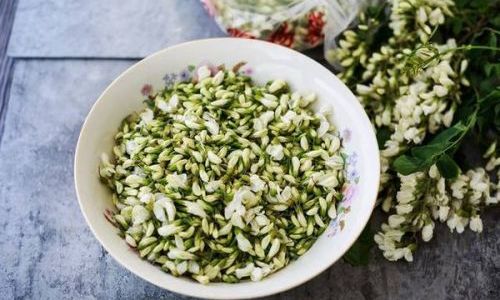
-
Removal of Leaves and Stems: Carefully strip away any leaves or stems attached to the blossoms. This step ensures a cleaner final product and aids in even drying.
-
Air Drying Setup: Spread the cleaned blossoms in a single layer on drying racks, screens, or even clean, lint-free towels. Ensure there’s ample space between each blossom to allow for even air circulation.
Drying Methods
There are several methods to dry locust blossoms, each with its own set of pros and cons. Here are the most popular techniques:
-
Natural Air Drying:
- Process: Place the prepared blossoms in a well-ventilated, shaded area away from direct sunlight. Sunlight can bleach the petals and fade their color and aroma.
- Duration: This method can take several days to a week, depending on the humidity and temperature.
- Advantages: Cost-effective and requires minimal equipment.
- Disadvantages: Slow process; risk of mold or mildew if not properly aired.
-
Dehydrator Drying:
- Process: Use a food dehydrator set to a temperature between 95°F to 115°F (35°C to 46°C). Spread the blossoms evenly on the trays and follow the manufacturer’s instructions for drying times, usually around 4-8 hours.
- Duration: Faster than air drying.
- Advantages: Consistent results; reduces the risk of mold.
- Disadvantages: Requires an initial investment in equipment.
-
Oven Drying:
- Process: Preheat your oven to its lowest setting, typically around 150°F (65°C), or use the pilot light/warm setting if available. Spread the blossoms on baking sheets lined with parchment paper and prop the oven door slightly ajar to allow moisture to escape. Monitor closely to prevent overheating.
- Duration: 1-3 hours, depending on oven temperature and blossom thickness.
- Advantages: Quick and accessible method for those without a dehydrator.
- Disadvantages: Risk of overheating and damaging the blossoms; not energy-efficient.
Storing Dried Locust Blossoms
Proper storage is crucial to maintaining the quality and aroma of your dried locust blossoms. Here are some best practices:
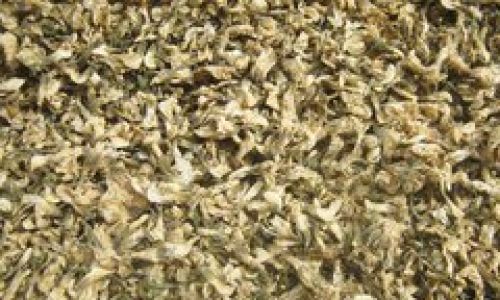
-
Airtight Containers: Store the dried blossoms in airtight glass or plastic containers with tight-fitting lids. Avoid using containers that may react with the blossoms or retain odors.
-
Dark, Cool Place: Keep the containers in a dark, cool area away from direct sunlight, heat sources, and humidity. A pantry or a cool basement shelf is ideal.
-
Label and Date: Label the containers with the contents and the date of drying. This helps in tracking the freshness and ensuring you use older batches first.
-
Moisture Control: Consider using desiccant packets (silica gel) inside the containers to absorb any residual moisture, further preserving the blossoms.
Using Dried Locust Blossoms
Dried locust blossoms can be incorporated into various products and routines:
- Teas and Infusions: Brew a soothing tea by steeping a few dried blossoms in hot water for 5-10 minutes. Sweeten with honey or a natural sweetener if desired.
- Potpourri and Natural Perfumes: Use the dried blossoms to create homemade potpourri or extract their essential oils for natural perfumes and body sprays.
- Culinary Applications: Experiment with adding dried blossoms to baked goods, honey, or herbal vinegar for a unique flavor and aroma.
- Craft Projects: Incorporate the dried blossoms into wreaths, garlands, or dried flower arrangements for decorative purposes.
Conclusion
Preserving locust blossoms through drying is a rewarding endeavor that allows you to extend their beauty and benefits beyond the fleeting spring season. By following the meticulous steps outlined in this guide—from harvesting and preparing the blossoms to choosing the right drying method and storing them properly—you can ensure your dried locust blossoms retain their vibrant colors, sweet aroma, and potential health benefits. Whether you’re crafting natural remedies, enhancing your home’s ambiance, or exploring culinary creativity, dried locust blossoms offer a versatile and sustainable resource to enrich your daily life. Happy preserving!

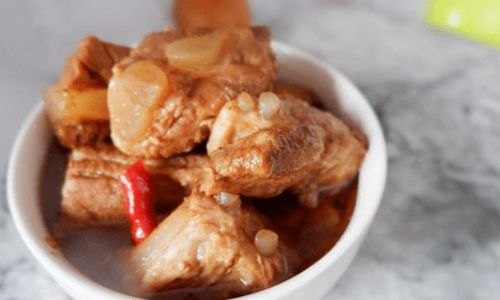
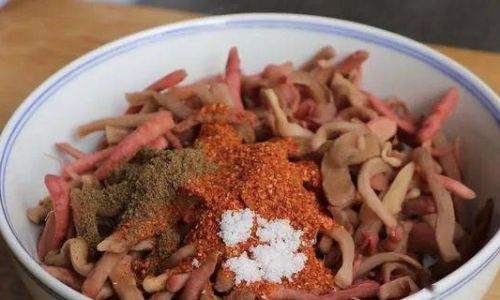
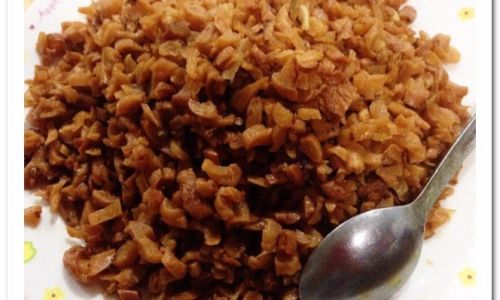
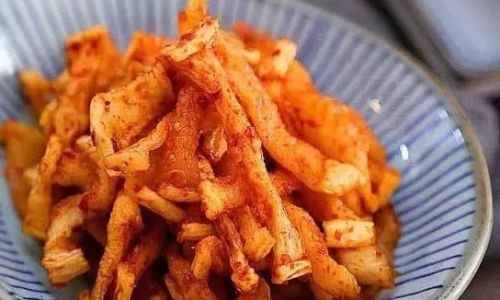
0 comments